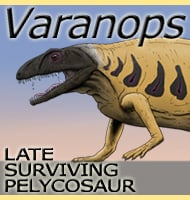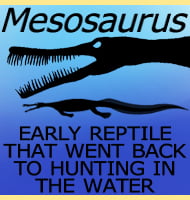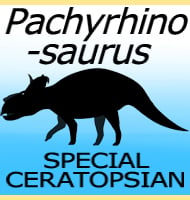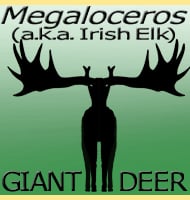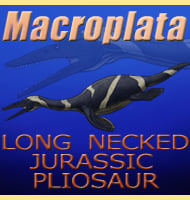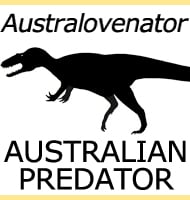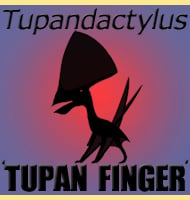In Depth
Archaeornithoides has proven to be a problematic genus since it has been very difficult to ascertain exactly what it was. Only known from partial paired maxilla and dentaries, Archaeornithoides was first considered to be a primitive bird because of what were considered distinct bird-like features. Later discoveries however proved that these distinct bird features were also seen in many dromaeosaurid and troodontid dinosaurs. It seems plausible now that Archaeornithoides may actually be a maniraptoran dinosaur and possibly a troodontid. There has been further speculation however that Archaeornithoides may be a juvenile form of an already established genus, but it has been noted that in other troodontids, juveniles are usually distinct enough to identify a genus, and at the time of writing Archaeornithoides is currently unlike anything else.
The rear portion of the preserved skull and jaws shows damage that may have been caused by teeth. This has further led to speculation that the teeth may have been those like you would see on a deltatheridiid mammal, and that the bones of the Archaeornithoides holotype may have passed through the digestive system of a mammal before being fossilised. If this theory is correct then this would actually be the earliest known evidence of a mammal eating a dinosaur, though if by active predation or scavenging is uncertain. This would also comfortably beat the commonly established first example of a mammal eating a dinosaur, the genus Repenomamus. In Repenomamus however, we have more direction proof of mammal on dinosaur predation because the dinosaur’s remains have actually been preserved as stomach contents within the Repenomamus remains. For this reason Repenomamus will always be the first conclusive proof of mammals eating dinosaurs, while Archaeornithoides is still only theory.
Further Reading
- Birds in Cretaceous Ecosystems. - Acta Palaeontologia Polonica, 28(1-2): 75-92 - Andrzej Elżanowski - 1983. - A new link between theropods and birds from the Cretaceous of Mongolia. - Nature 359 (6398): 821–823. - Andrzej Elżanowski & Peter Wellnhofer - 1992. - Skull of Archaeornithoides from the Upper Cretaceous of Mongolia. - American Journal of Science 293: 235–252. - Andrzej Elżanowski & Peter Wellnhofer - 1993. - The perinate skull of Byronosaurus (Troodontidae) with observations on the cranial ontogeny of paravian theropods”. American Museum Novitates 3657: 1–52. - G. S. Bever, M. A. Norell - 2009.

